From jaw-dropping landscapes to a 90-mile dead straight road, here are a bike-packer's ride destinations of a lifetime
These six countries changed how one rider saw both the world, and himself. Here he gives you his advice on how to follow in his wheel-tracks
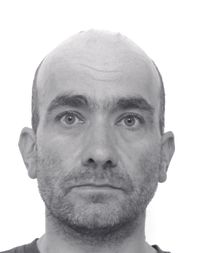
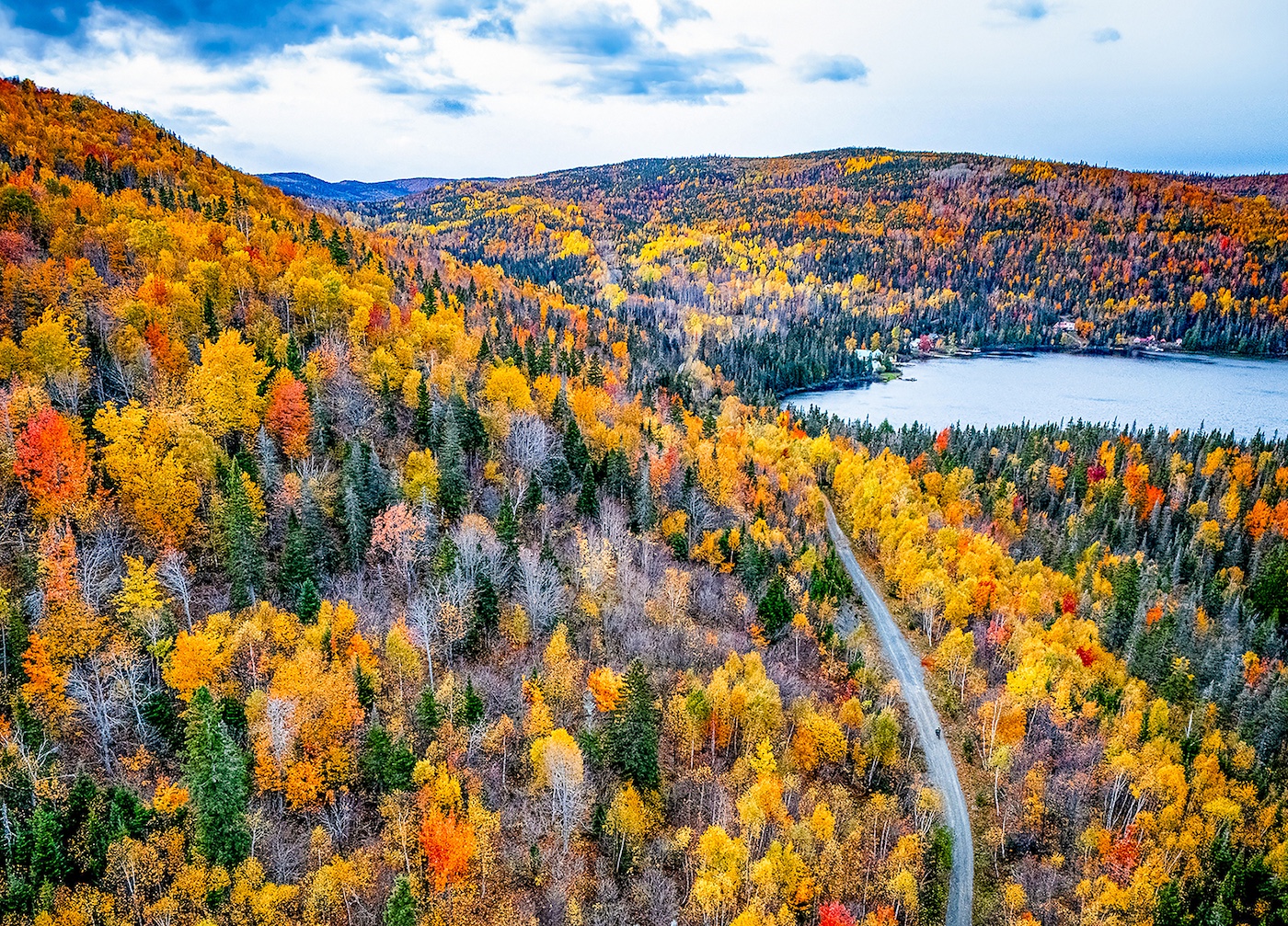
My livelihood is riding bikes, often in far flung places. I earn my keep documenting my rides for the purpose of films, photography and guidebooks. That's just to say, I have had the privilege of packing my bike and going off to explore a very wide variety of places all across the world, having cycled well over 100,000km (62,000 miles) - the equivalent of more than twice round the globe.
My longest trip was a 34,000km singlespeed mountain bike journey that took me through 26 countries in just over 10 and a half months. Born in Germany but happily rooted in Edinburgh for the past 16 years, I want to start by pointing out that Scotland is a cycling destination hard to beat. Blessedly located though I am, the rest of the world still calls to me. Bike-packing isn't merely my job; it lets me experience different cultures and ways of living, the thrill of riding in remote places, and finding my limits - physically and mentally.
Here I'm sharing my six favourite cycling destinations of all time - the rides that changed how I see the world, and myself.
6: The Nullarbor Plain, southern Australia

Riding the Nullarbor on a singlespeed was pure Type-2 fun - brutal at the time, but unforgettable in hindsight. Picture cycling LEJOG, only without the villages, hedgerows or even curves in the road - just an endless ribbon of tarmac stretching to the horizon. Human contact is rare, the wind either your best friend or worst enemy. Distances on road signs come in three digits, and the sheer emptiness gives you plenty of time to think. Spanning 1,100km from South Australia into Western Australia, the Nullarbor is a ride of a lifetime - equal parts physical challenge and meditative experience.
When to go: Timing matters. Heading westbound (Adelaide to Perth), February can be the only month you avoid a constant headwind, but expect fierce heat. Eastbound is easier: autumn or spring bring cooler temperatures and a tailwind more often than not.
How to get there: Flights from the UK to Perth take about 17 hours and cost around £1,000 return, with extra fees for your bike. A domestic hop from Perth to Adelaide is about £100. Otherwise, your only option is a long road trip in a hire car or campervan.
Where to stay: Roadhouse rooms cost £60-£80 a night, and food is pricier than elsewhere in Australia. Budget extra for drinks - alcohol on the Nullarbor doesn't come cheap.
The latest race content, interviews, features, reviews and expert buying guides, direct to your inbox!
Don't miss: The legendary 90 Mile Straight - Australia's longest dead-straight road, 147km of pure, hypnotic riding along the Eyre Highway.
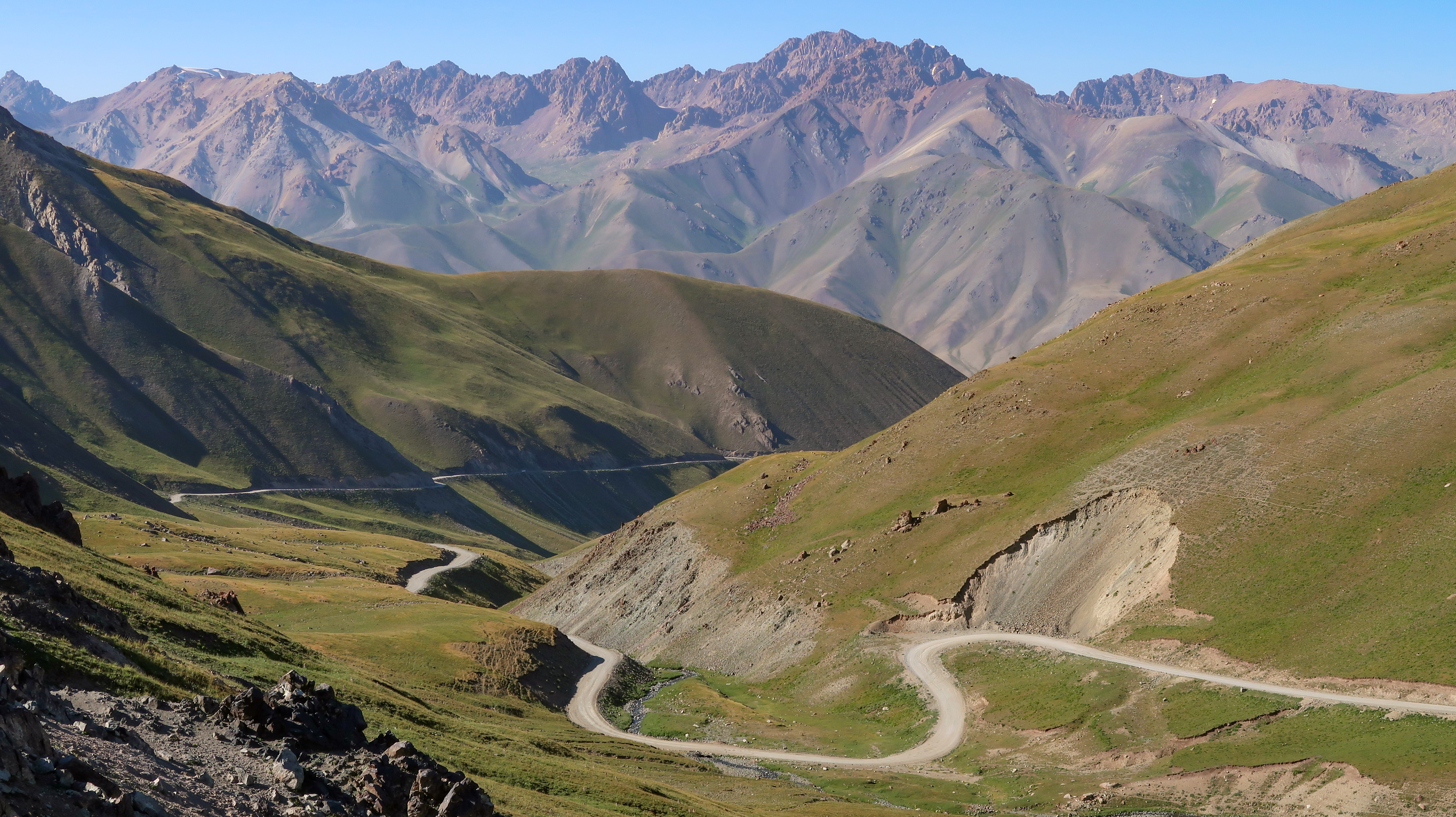
Kyrgyzstan definitely features some of the roads less travelled
5: Kyrgyzstan
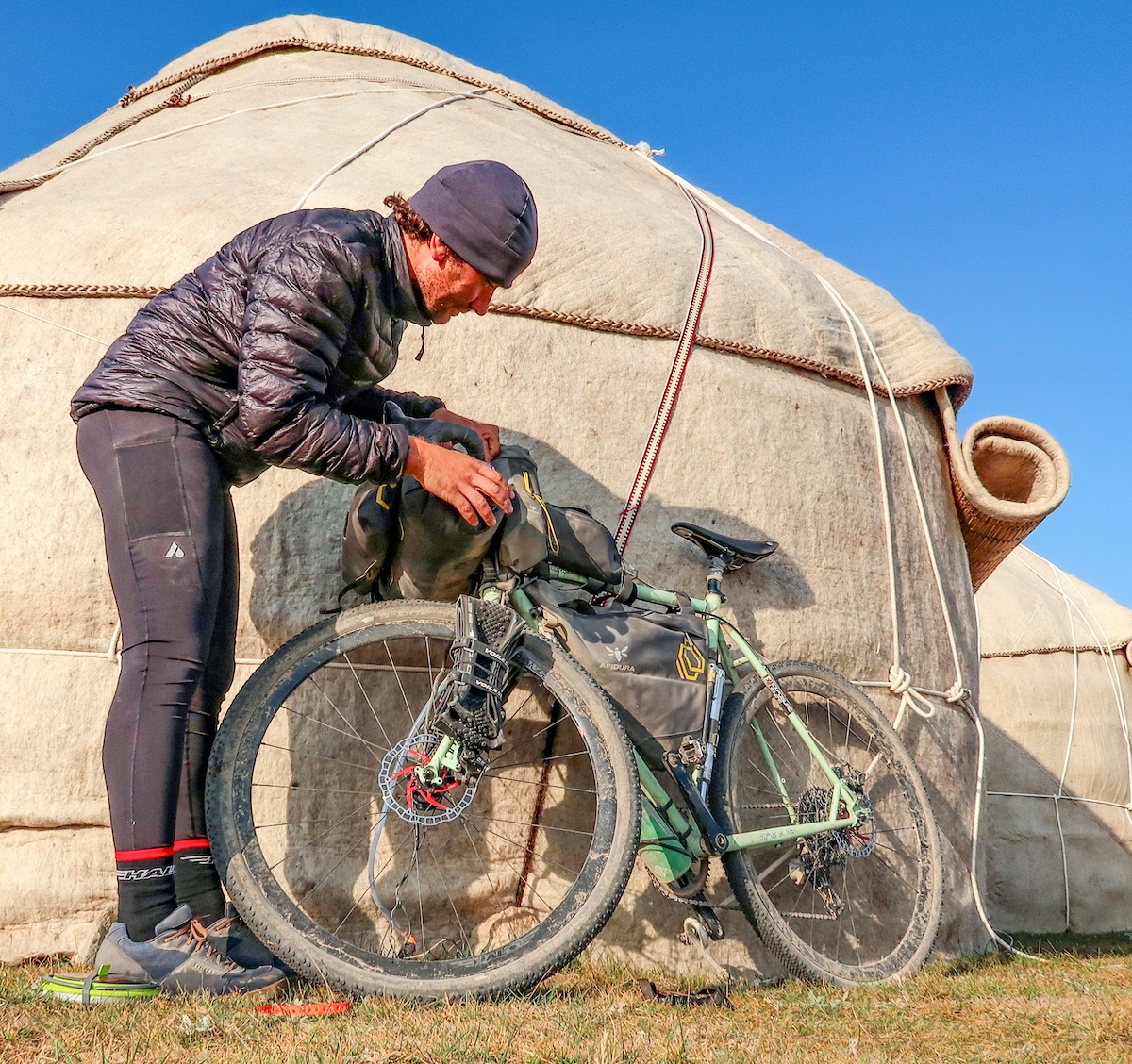
Kyrgyzstan is one of more than 40 nations on the ancient Silk Roads linking Asia and Europe. It remains one of the wildest cycling destinations you can visit. Much of the country is accessible only by gravel or mountain bike, with ribbons of tarmac linking the dirt. In the high mountains, life is still largely nomadic - yurts dot the hillsides, and herders greet you as you pass. For riders craving remoteness, raw beauty and a true sense of adventure, Kyrgyzstan is unbeatable.
When to go: Summer brings extreme contrasts: daytime temperatures can soar into the 40s, while frost can hit overnight at altitude. August is the safest month for tackling high passes, but take time to acclimatise before heading into the mountains.
How to get there: Flights cost around £500 return from the UK (plus bike fees). Once you're there, everything is remarkably affordable. In bigger towns like Bishkek, you can hop between places on marshrutkas (shared minibuses) - locals will always find a way to squeeze in you and your bike.
Where to stay: Wild camping is widely accepted, and part of the adventure. Bring plentiful warm kit for the cold nights. Hotels can be found for £20 or less, and you may even be invited into a family's yurt for a truly authentic stay - or you can book tourist yurts in popular areas like Song-Kul.
Don't miss: Take on the Tian Shan Traverse (route available on bikepacking.com) for a self-guided epic, or if you want the ultimate challenge - sign up for the Silk Road Mountain Race.
4: Germany
Germany ticks every box for a cycling adventure relatively close to home: it's easy to reach, simple to get around, full of characterful accommodation, rich in history and blessed with spectacular scenery. When I look back on my round-the-world singlespeed trip, the hardest day of climbing was in Thuringia, right in the heart of Germany - proof that you don't have to leave Europe for a serious challenge.
When to go: Germany can get hot in summer, so the best months for cycling are April-May and September-Oct Avoid public holidays such as Easter, Whit Monday, Labour Day, Ascension Day and German Unity Day, as most shops will be closed and accommodation can be scarce.
How to get there: Flights are cheap, but taking the train is the better, greener option. You can also take a ferry and continue by train. The Deutschland-Ticket, introduced in 2023, offers unlimited travel on regional trains, buses and trams for €58 a month. Some states require an extra bike ticket, but in places like Thuringia you can take your bike for free.
Where to stay: Wild camping is technically not allowed, though sleeping in shelters along trails is generally tolerated. If you're looking for the most authentic experience, stay in Pensionen - the German equivalent of cosy, family-run B&Bs.
Don't miss: Ride the Iron Curtain Trail or the Iron Curtain Gravel Trail for a unique window into the Cold War era, tracing the line that once divided East and West Germany.
3: Patagonia, South America
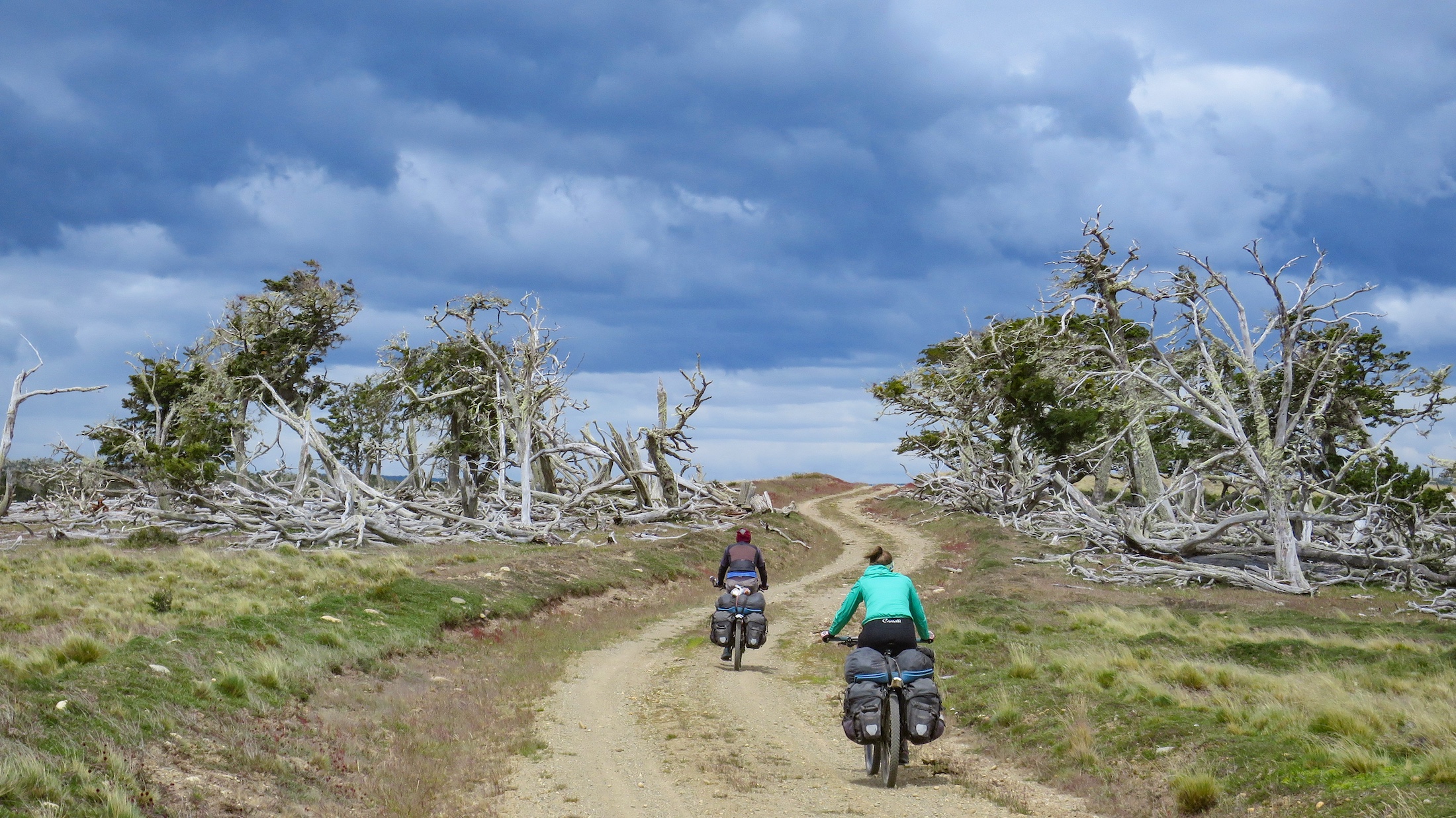
Few rides feel as epic - or as aptly named - as Fin del Mundo ('End of the World'). This 630km (391-mile) route takes you across Tierra del Fuego, from Punta Arenas in Chile to Ushuaia in Argentina, tracing gravel roads, doubletrack and remote stretches of tarmac through desert-like steppe and ancient forests. It's one of the toughest rides I've ever done - but also one of the most rewarding.
When to go: This route is only rideable between early November and late April, when the Paso Rio Bellavista is open. Expect fierce winds - ride north to south to take advantage of the prevailing north-westerlies. Snow can fall at any time, even in summer, when daytime highs hover around 15 degrees and nights dip much lower.
How to get there: It's a long way, so getting there is a major outlay. Return flights from the UK to Punta Arenas cost between £1,000 and £1,500, with bike fees of around £120 each way. If you have time on the return journey, consider taking the ferry from Ushuaia to Puerto Williams, then the spectacular 30-hour ferry back to Punta Arenas - with the chance of spotting whales en route.
Where to stay: There are hotels at the start and finish, but between them, camping is your best option. Keep an eye out for the legendary Panadería La Unión in Tolhuin, where the owner offers cyclists a free spot to sleep in the bakery's back room.
Don't miss: The sense of scale and isolation - and the moment you roll into Ushuaia, the southernmost city in the world, knowing you've truly earned it.
2: Quebec, Canada

Bike packing through Quebec in Autumn where the colours have to be seen to be believed
If endless gravel tracks, wild forests and a stunning coastal road sound like your dream ride, Quebec delivers. This vast province is perfect for a tour through the Gaspésie region or a ride from Quebec City to Gaspé, combining remote adventure with two of Canada's most cycling-friendly cities. In 2026, Quebec will host the Road World Championships - but you can get there first and have the roads to yourself.
When to go: June and September-October are the sweet spots, with cooler temperatures and fewer crowds. Summer can be hot and dry, with 30 degree days, while autumn offers breathtaking foliage - but be ready for stronger winds and rain.
How to get there: Flights from the UK to Montreal or Quebec City cost around £800 return, with bike fees on Air Canada starting at around £30 each way. Bikes are allowed on trains between Montreal and Quebec City, or you can use the Orléans Express bus service (bike must be boxed) to reach Gaspé. One-way car hire is another flexible option.
Where to stay: Wild camping is widely permitted - but remember, you're sharing space with bears and coyotes. For more comfort, look for Vélo Québec's 'Bienvenue Cyclistes' accreditation: these campsites and guesthouses offer cyclist-friendly facilities like secure bike storage, tools, and food at bike-friendly times.
Don't miss: The climb over Mont Logan from Amqui, then the unforgettable ride along the Gaspésie coast to Gaspé - a mix of challenge, wilderness and jaw-dropping ocean views.
1: Norway
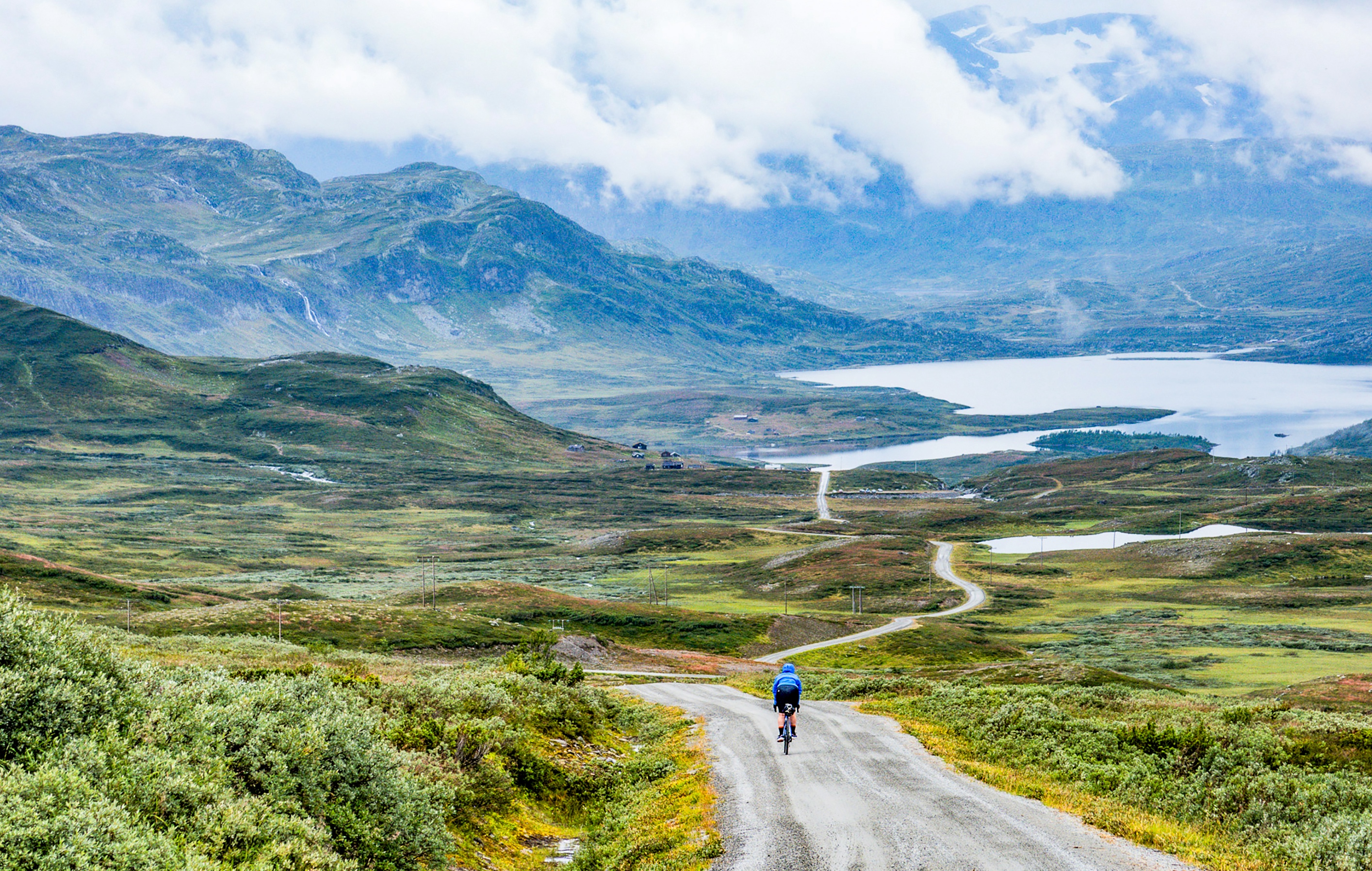
Norway is a bucket list ride destination
Whether you ride gravel, road, mountain bikes, tandems or even cargo bikes, Norway's mix of smooth infrastructure, friendly locals and jaw-dropping landscapes make it a dream destination. Fjords, mountains and quiet roads combine into some of the most memorable riding you'll ever do.
When to go: Summer is the prime season, with high mountain passes usually opening from mid-June and snow returning as early as October. For something truly different, fit studded tyres and try a winter adventure - road agencies keep the routes clear, and accommodation stays open year-round thanks to the country's winter-sports culture.
How to get there: Flights from the UK with Norwegian Airlines start at around £100 return, with bike fees from about £30 each way. Once there, bikes are welcome on public transport, though most operators charge a child's fare for them.
Where to stay: Norway's allemannsretten (right to roam) means wild camping is legal and encouraged, and the scenery is spectacular. For a roof over your head, the Norwegian Trekking Association (DNT) runs an extensive network of backcountry huts-membership gets you a key for the most remote ones. Campsite cabins, youth hostels and traditional mountain lodges (fjellstuer) offer great value and plenty of character.
Don't miss: The iconic Mjølkevegen route with Jotunheimen Travel - a self-guided six- or eight-day tour that includes transfers from Oslo, hearty food, and optional bike hire.
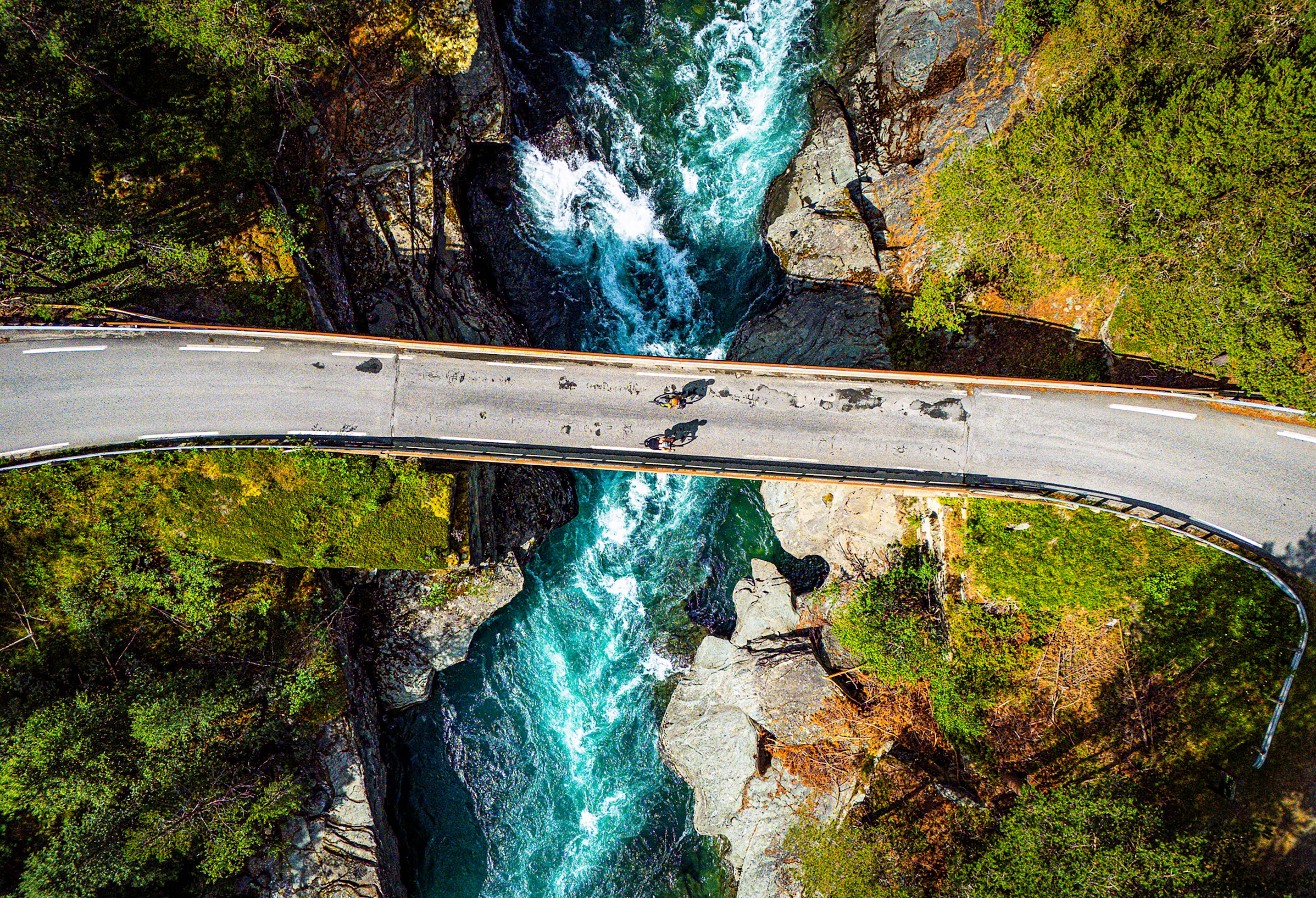
This article was first published in Cycling Weekly magazine as part of Travel Month. Cycling Weekly is available to buy in the shops every Thursday (UK only) while digital versions are available on Apple News and Readly. Subscriptions through Magazine's Direct.
Born in Germany but happily rooted in Edinburgh for the past 16 years, Markus Stitz has made riding bikes his livelihood. He documents his rides that take him to all corners for the world for the purpose of films, photography and guidebooks.
He has had the privilege of exploring a wide variety of places all across the world, having cycled well over 100,000km (62,000 miles) - the equivalent of more than twice round the globe. His longest trip? A 34,000km singlespeed mountain bike journey that took him through 26 countries in just over 10 and a half months.
You must confirm your public display name before commenting
Please logout and then login again, you will then be prompted to enter your display name.
